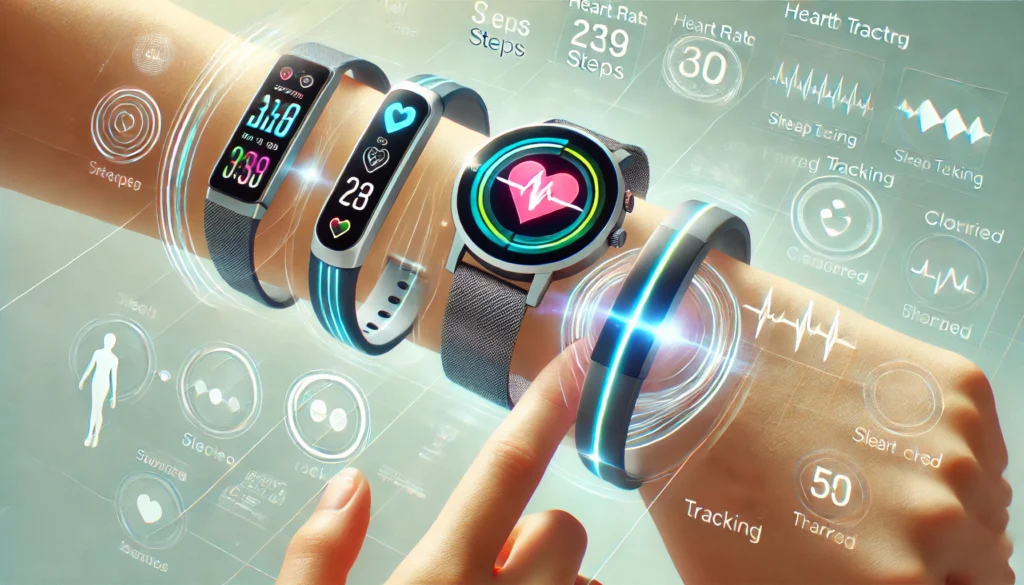Wearable Health Devices: A Guide to Shopping, Setting Up, and Getting the Most Out of Your Device
In recent years, wearable health devices have become increasingly popular, revolutionizing the way we monitor and manage our health. From fitness trackers to heart rate monitors, these devices have made it easier than ever to track our vital signs, monitor our conditions, and receive personalized health advice. But with so many options available, it can be overwhelming to know where to start. In this article, we’ll provide a comprehensive guide to shopping, setting up, and getting the most out of your wearable health device.
Shopping for the Right Wearable Health Device
Before making a purchase, consider the following factors:
-
- Your Health Goals: What do you want to track or monitor? Do you need to track your daily activity, monitor your sleep, or keep tabs on your menstrual cycle? Different devices cater to different needs, so it’s essential to identify your priorities.
-
- Your Lifestyle: Will you be using the device daily, or only occasionally? If you’re an athlete, you may need a device that can handle intense exercise, while someone with a desk job might prefer a more basic model.
-
- Your Budget: Wearable health devices range from affordable to very expensive, so set a budget and stick to it.
-
- Reviews and Recommendations: Research online reviews, ask for advice from friends or healthcare professionals, and check the manufacturer’s reputation.
Some popular wearable health devices to consider:
Setting Up Your Device
Once you’ve purchased your device, follow these steps to get started:
-
- Unboxing and Assembly: Carefully unpack and assemble your device, following the manufacturer’s instructions.
-
- Initial Setup: Configure your device’s settings, such as pairing it with your phone, setting up notifications, and choosing your daily activity goals.
-
- Syncing: Connect your device to the manufacturer’s app or online platform to sync your data and access additional features.
-
- Start Tracking: Begin tracking your data, whether it’s daily steps, sleep patterns, or vital signs.
Getting the Most Out of Your Device
-
- Consistency: Wear your device consistently to get accurate data and to make the most of its features.
-
- Track Your Data: Regularly review and analyze your data to identify trends, set goals, and make informed decisions about your health.
-
- Customize: Adjust your device’s settings to suit your needs, such as setting reminders or receiving notifications.
-
- Take Advantage of Additional Features: Maximize your device’s capabilities by exploring additional features, such as stress tracking, meditation sessions, or guided yoga routines.
-
- Healthcheck-Ups: Regularly schedule check-ups with your healthcare provider to discuss your progress and adjust your treatment plan if needed.
Troubleshooting Common Issues
-
- Battery Life: If your device’s battery life is draining quickly, try updating your software, reducing notifications, or recharging during the night.
-
- Discomfort or Allergy: If you experience skin irritation or an allergic reaction, try adjusting the device’s skin contact area or using a different strap.
-
- Inaccurate Readings: If you notice errors in your device’s readings, contact the manufacturer’s support team or consult with your healthcare provider for guidance.
By following this guide, you’ll be well on your way to finding the right wearable health device for your needs, setting it up correctly, and getting the most out of its features. Remember to stay consistent, track your data, and take advantage of additional features to optimize your health and wellbeing. Happy tracking!
